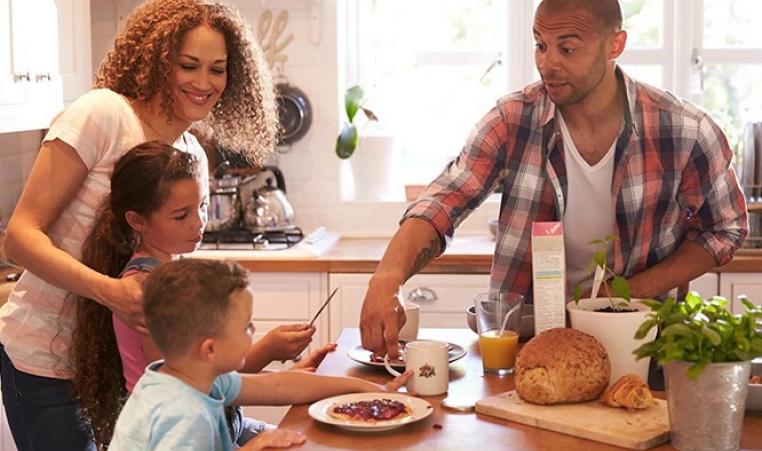Tips for Managing High Blood Pressure

A leisurely drive usually involves pleasant weather, beautiful scenery and a nice flat road where your car hums effortlessly along. If we imagine the arteries in our body acting like roads for blood to shuttle oxygen and nutrients to vital organs, we can probably picture the heart pumping the blood easily through the arteries just like our leisurely drive. Sometimes that is true, but occasionally arteries act like roads with potholes, rough patches and other obstacles making it difficult to drive.
In the United States, around 75 million people, or 29% of the population, have high blood pressure, according to the Centers for Disease Control and Prevention (CDC). So, how can I better manage my blood pressure?
Follow Your Doctor’s Advice Your healthcare provider will help you create a plan to lower your blood pressure. Know your personal blood pressure target as part of that plan. Follow your doctor’s instructions, take medication if prescribed exactly the way your doctor says, and follow up with your provider if you experience any changes.
Monitor your blood pressure on a regular basis. This information can tell you how you are doing. Keep a tracker to help identify patterns that will give opportunities for improvement and areas to discuss with your healthcare provider on progress. Tracking your results over time will also reveal if the changes you’ve made are working.
Adopt Healthy Lifestyle Habits
- Maintain a Healthy Weight. Weight impacts blood pressure. Weight gain increases blood pressure and weight loss decreases blood pressure. By eating healthier and being more active, you can change your calorie balance (calories taken in by food or normal body functions vs. the calories you use with physical activity). Any weight loss goals should be discussed with your health care provider.
- Eat Healthier. Food has a significant effect on blood pressure. Sodium, saturated & trans fats, & added sugars increase blood pressure. Eating a variety of vegetables & fruits, whole grains, lean protein, nuts & seeds can help control blood pressure.
- Reduce Sodium. 9/10 Americans consume more than the recommended amount of sodium. The 2010 Dietary Guidelines for Americans recommends everyone consume <2,300 mg sodium per day. For individuals who are over 51, are African American, have high blood pressure (or hypertension), have diabetes, or chronic kidney disease, the American Heart Association recommends consuming less than 1500 mg per day.
- Get Up and Move. Evidence has shown that regular physical activity can lead to a significant reduction in blood pressure and improve other cardiovascular risks. Moderate physical activity has also been proven to decrease blood pressure in hypertensive patients who are less responsive to medical treatment
- 30 minutes of physical activity a day (equivalent to brisk walking) 6-7 days each week (180 minutes each week) may result in better management or a reduction in one’s blood pressure
- Limit alcohol. Drink no more than 1-2 drinks a day. (A drink is one 12 oz. beer, 4 oz. of wine, 1.5 oz. of 80-proof spirits or 1 oz. of 100-proof spirits; One for most women, two for most men)
If you think you have high blood pressure, try the Y's Blood Pressure Self-Monitoring Program! It's designed the Blood Pressure Self-Monitoring program to help adults with hypertension lower and manage their blood pressure. The four-month program focuses on regulated home self-monitoring of one’s blood pressure using proper measuring techniques, individualized support and nutrition education for better blood pressure management.
BLOOD PRESSURE SELF-MONITORING PROGRAM
SOURCE: American Heart Association Health Threats From High Blood Pressure
